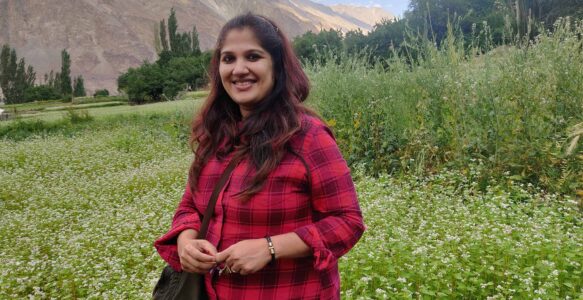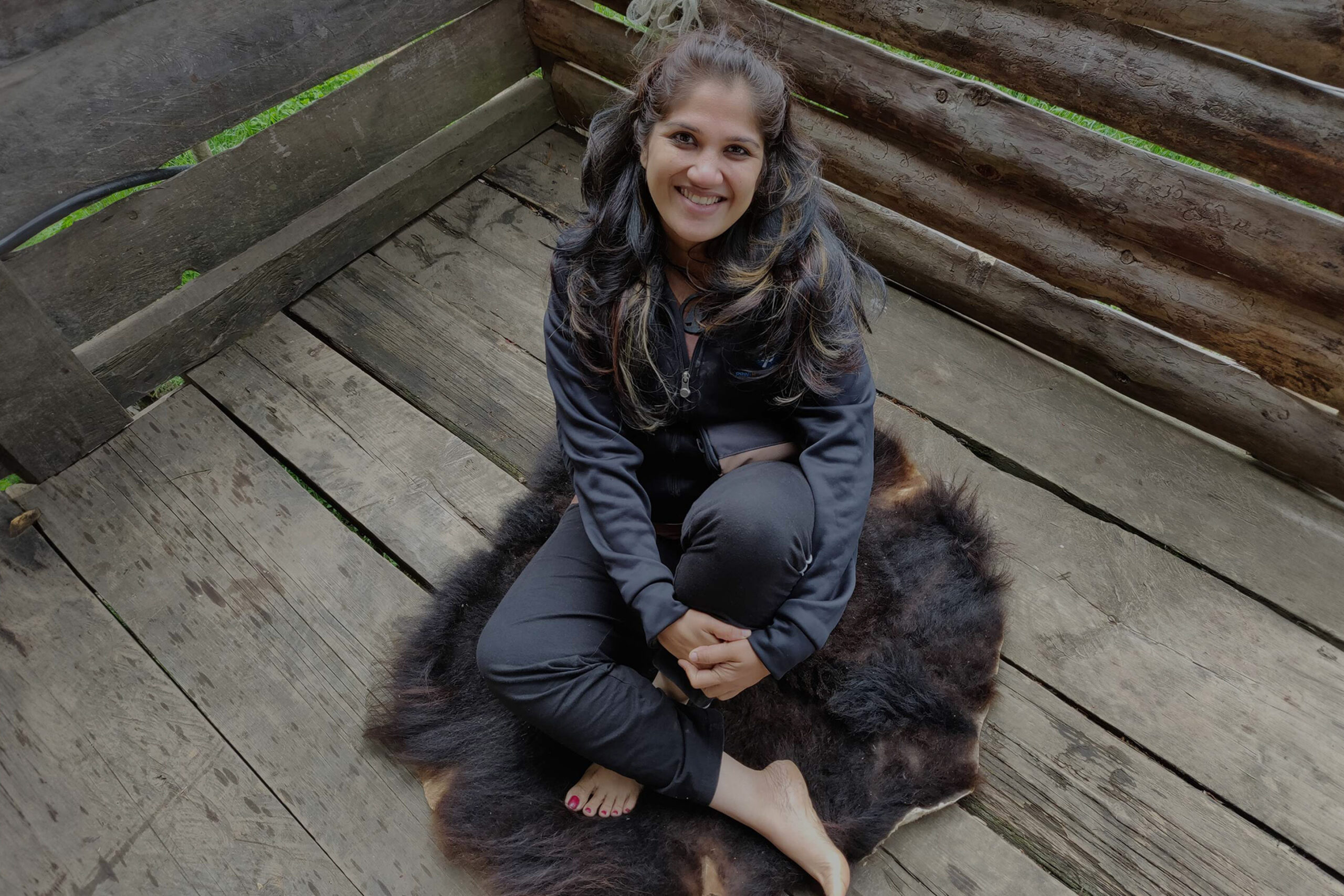“When we woke up, we came to know that we became part of India. We were totally scared, but the soldiers did not bother us. After being locked up at home for a week, life here was back to normal. We brought back our women and children who had been hiding at the top of the hill,” Kareem Master recalls. Turtuk is one of the four villages captured by India after the 1971 war with Pakistan. Kareem Master is the first teacher in Turtuk to get a job in the government sector.
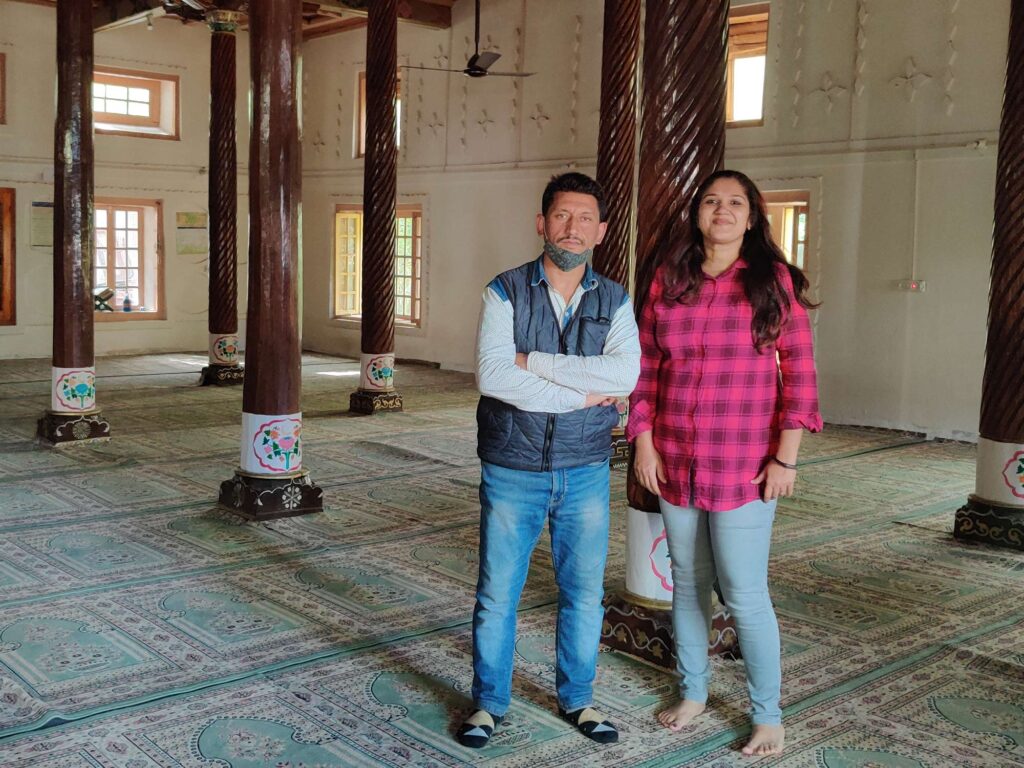
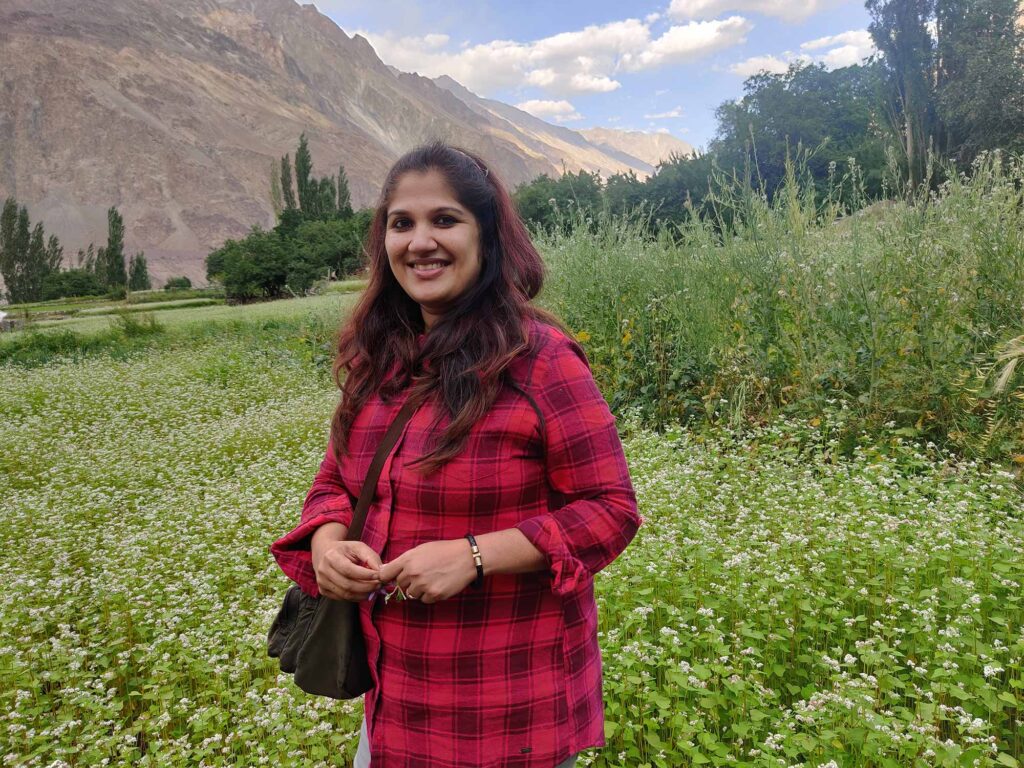
It was while preparing for a trip to Ladakh that I came to know about the villages of Turtuk, Tykshi, Tang and Chalunga, formerly part of Pakistan and now part of India. It is inhabited by Balti Muslims from the Gilgit region of Pakistan. A tiresome drive through the hills brings me to Turtuk, a tiny village located between Shayok river and Karakonam Hills.
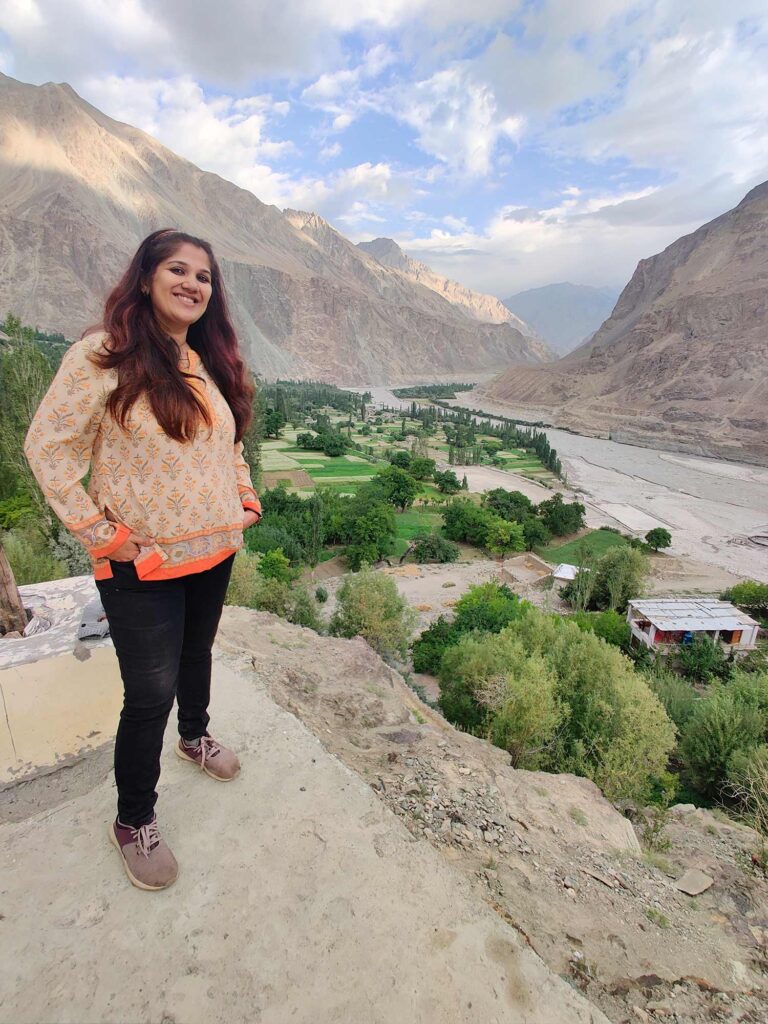
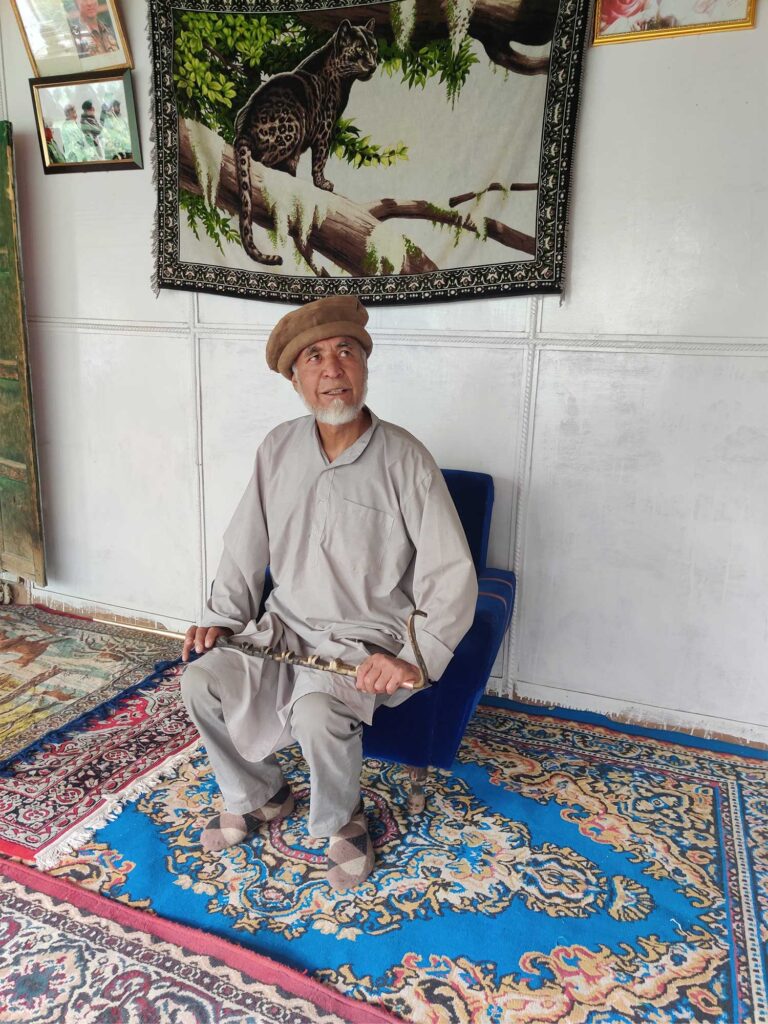
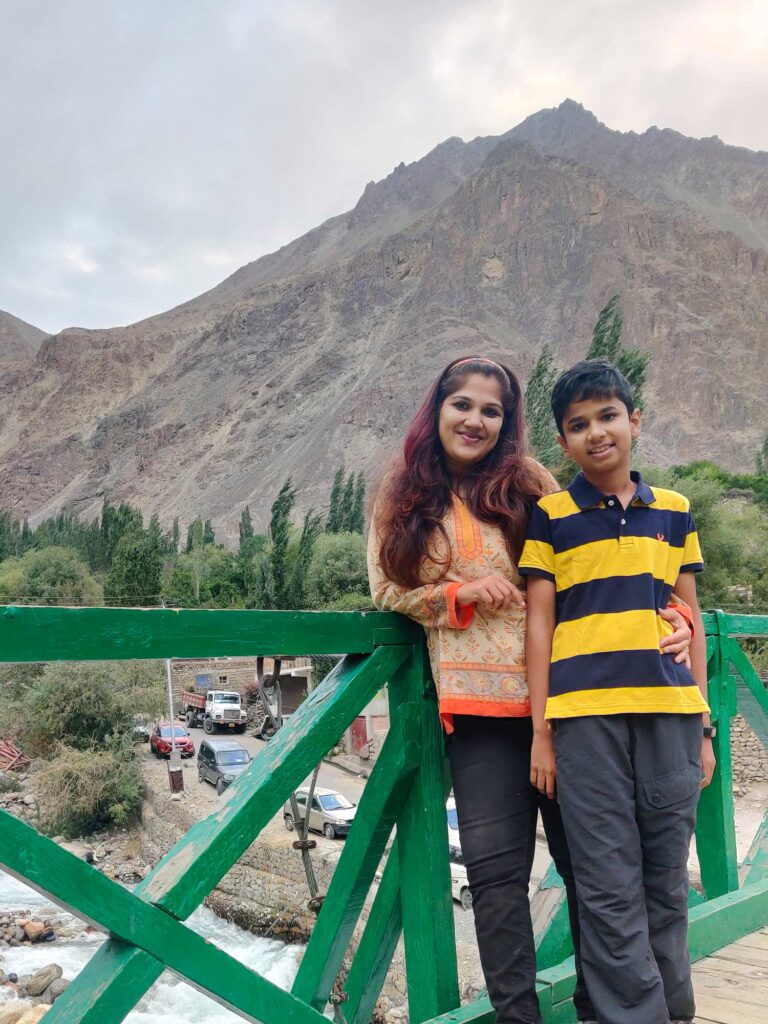
We meet Ismail who takes us to his modest homestay. “Tourists were permitted to visit our village from 2010 only. I was the first to start a home stay here. This is the old part of the village and is called Youl” Ismail continues pointing to the wooden bridge across a stream in the distance” Across the bridge is the new part called Farul”.
As I walk through the narrow lanes between the stone houses of village, I feel I’m in some fairytale village. Glacial water flows in front of every house through a narrow stone canal. In between the houses are apricot trees laden with golden fruits. I deposit my bag in Ismail’s home. His wife serves us a simple lunch of rice and home-grown beans. After the delicious lunch I start my exploration.

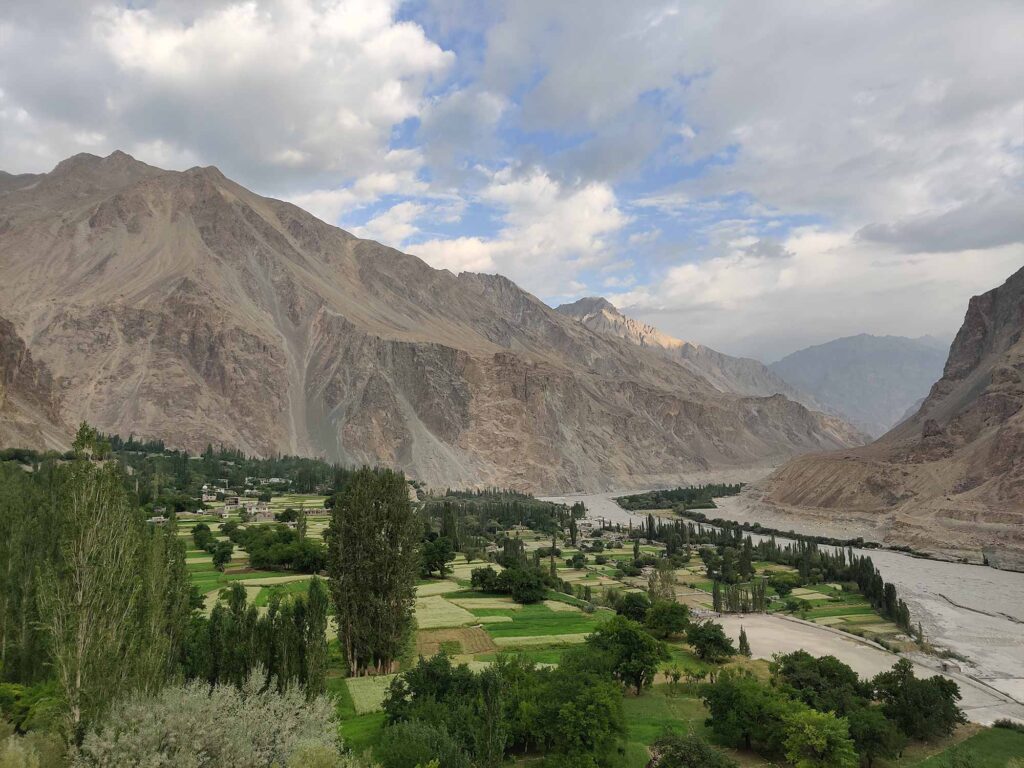

The old men on the porch of the small village shop have long beard and wear their traditional salwar kameez and Gilgit hats. We see a water mill which the villagers use to grind their wheat and barley The mill is a narrow two-room building with a low roof. A large fan is attached to the bottom of a room. The force of the rapid flow of water rotates the fan and moves the stone mill attached to it. In the first room sits Razia, a villager. When I ask her about owner of mill, she laughs and replies, “We run the mill ourselves. We take the keys from the owner and use the mill. In return we give part of the flour that we milled” I am amazed that money holds little value in the villager’s life.
We next visit an ancient mosque. The Baltis, who reside in the village are the only Tibetans to convert to Islam. No one knows when the mosque was built. The mosque has records that say the first restoration took place in the seventeenth century. The spacious hall has more than twenty wooden pillars. The wooden panels on roof are decorated with Buddhist and Iranian symbols. What attracts me the most is the wooden tower built next to the mosque. One can reach the top of the fifty feet high tower by climbing the spiral wooden stairs.
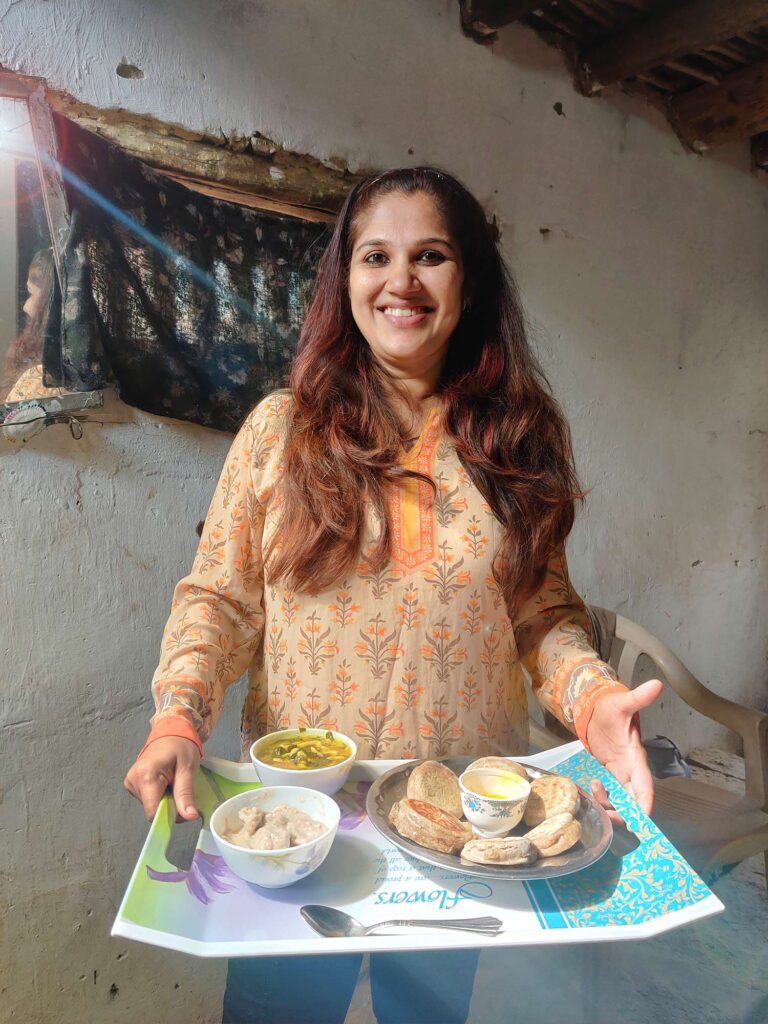
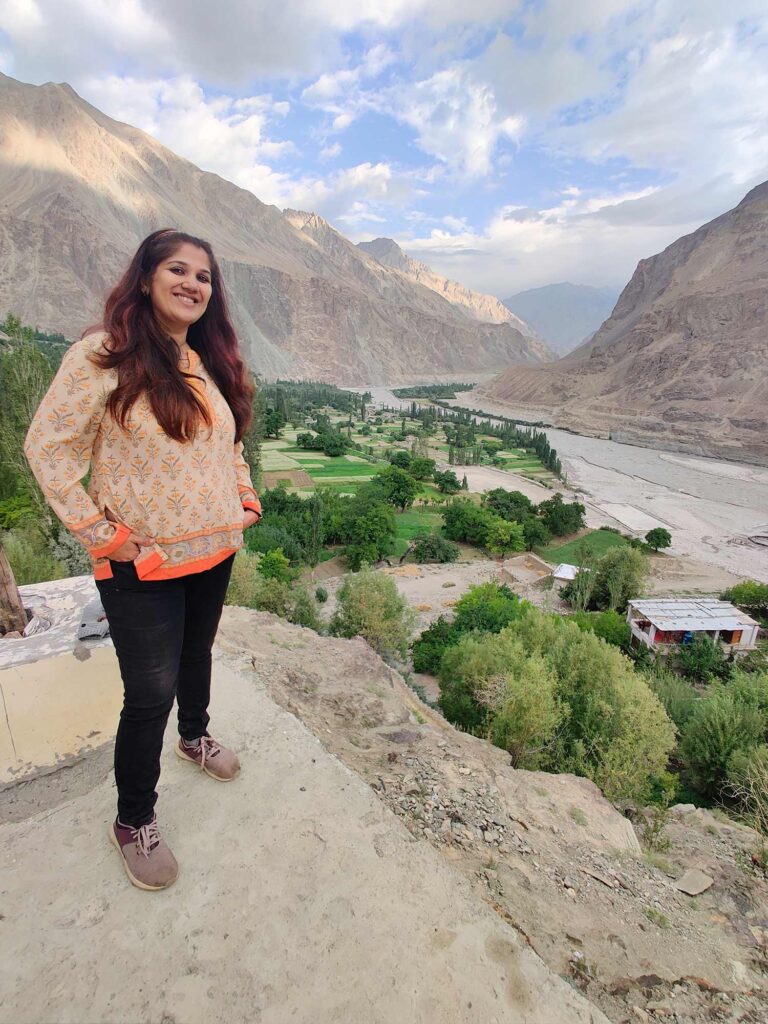
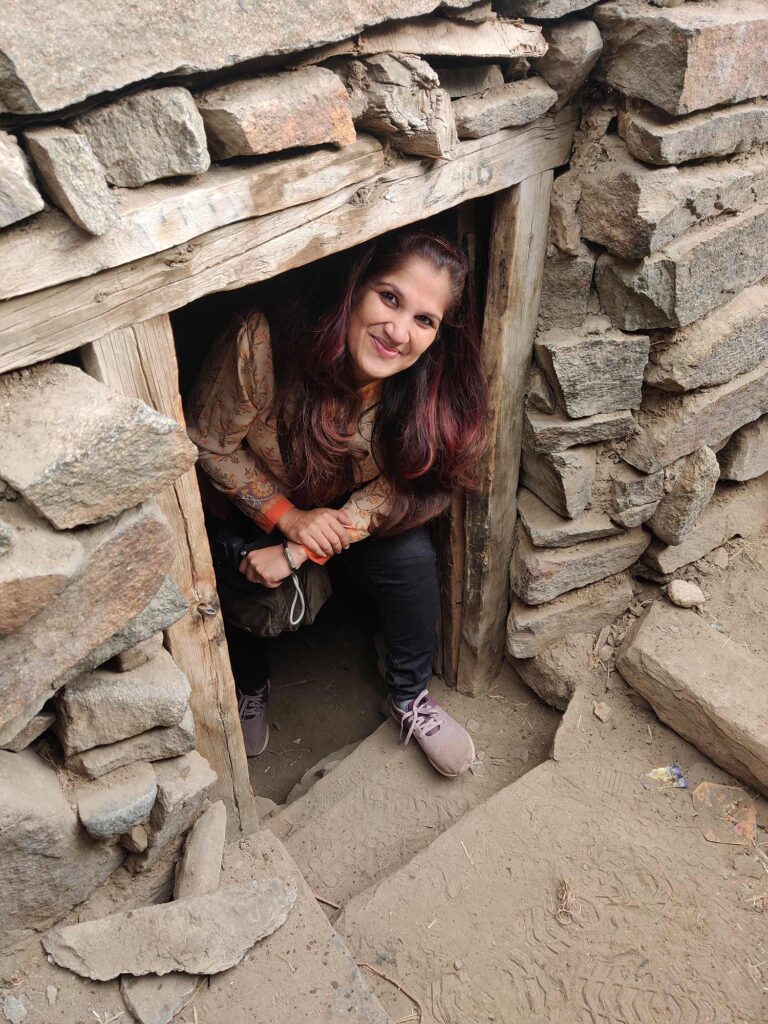
We then go to the residence of Yabgo Muhammad Khan Kacho, King of Turtuk. Yabgo is the name of a dynasty that existed in the twelfth century with roots in Mongolia. Until the Dogra Empire took control of Kashmir in 1846, the region was ruled by the Yabgo dynasty. Sculptor of a huge eagle greets us at the gate. The doorway is lined with ibex horns. Inside is a spacious courtyard We climb the wooden stairs to reach the first floor. Yagbo receives us and we talk to him at length. He introduces us to various items in the hall. His antique collection contains Mongolian-style bows, swords, guns, royal robes, ibex horns, etc. used by his ancestors. The most interesting of the lot is a rock, which he claims to be a meteorite used by kings during wartime as a good luck charm.
The next morning, we go to visit Farul across the bridge. A small uphill climb takes us to the heart of the village. The houses here are not as crowded as in Youl. Beautiful stone houses could be seen here as well. Hoses are surrounded by beautiful gardens. There were vast fields of wheat, buckwheat and barley.
We go see the Buddhist monastery there. I am astonished by the fact that a monastery exists in this Muslim village. Ismail tells me “The area was captured by a Buddhist army commander. The army was stationed in the area for years. The commander built this monastery for Buddhist soldiers”. On the way there is an ancient polo ground. In the past, polo was played here on horseback on the ground, which stretched for about a kilometer. Even today, polo competitions are held once a year. The monastery is a small building. But from there I enjoy the panoramic view of entire village, Shyok river and Karakonam mountains.
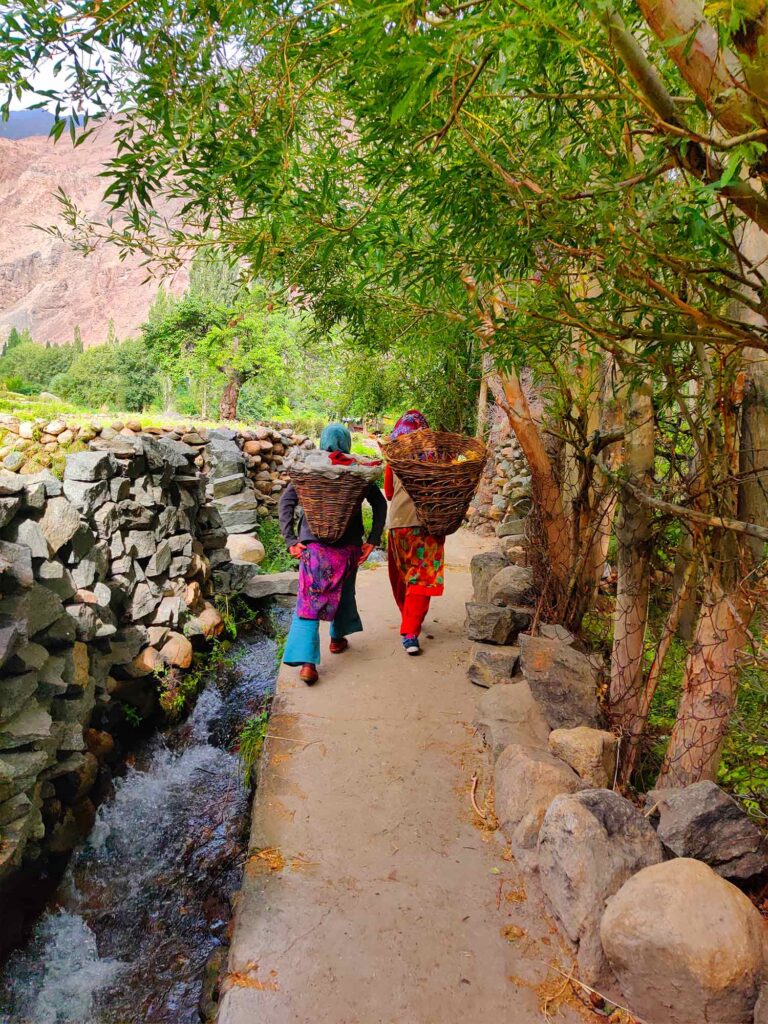
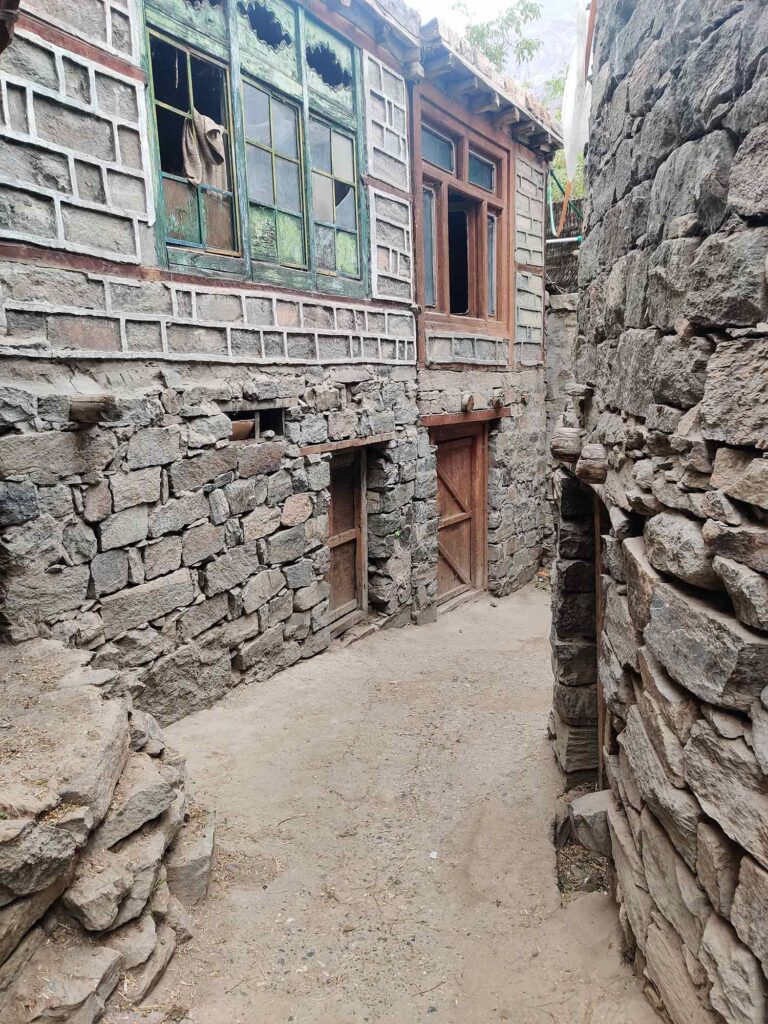
On the way back to Youl, I see the ‘cold house’ known as ‘Nangchung’. Turtuk is at a lower altitude than other places in Ladakh. At this height, summer can be very hot. The villagers built cold storage systems with natural stones. The temperature inside these stone bunkers will be lower than the outside temperature. Villagers store meat, butter and other perishables during the hot months. In many places in the streams that flowed along the sidewalk, people kept butter and other things wrapped in cloth to keep them from getting damaged.
As I walk back to my homestay, I appreciate the stillness of time and the beauty of simple living in this border village.
Fact box – Turtuk is located at a distance of 200 kilometers from Leh, capital of Ladakh. No public transport is available. One has to hire private cab to visit villages. There are few home stays in the village run by the villagers. Best time to visit is from June – September. There is good net connectivity. For stay contact Ismail – 09419300430
List of things to do nearby
- Visit Thang village – The northernmost village in India. From here one can see the Indo Pakistan border and Pakistan villages.
- Visit Nubra valley – Enjoy double humped camel ride in the cold white deserts of Nubra
- Visit Pangong lake – A lake amidst the vast mountains that offers breathtaking views
- Visit Karzok – Enjoy the hospitality of Changpa tribes who rear the Pashmina goats
- Visit Diskit monastery – Ancient monastery to learn about Budhist culture and life.


